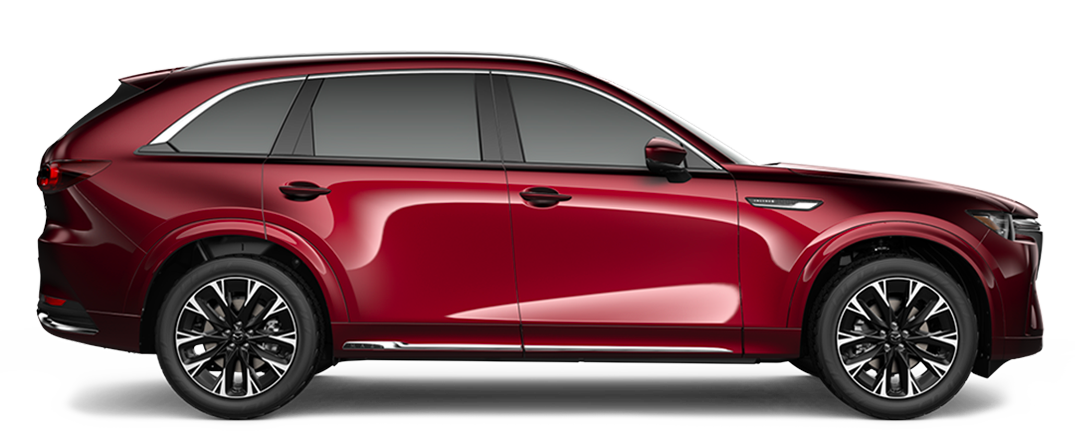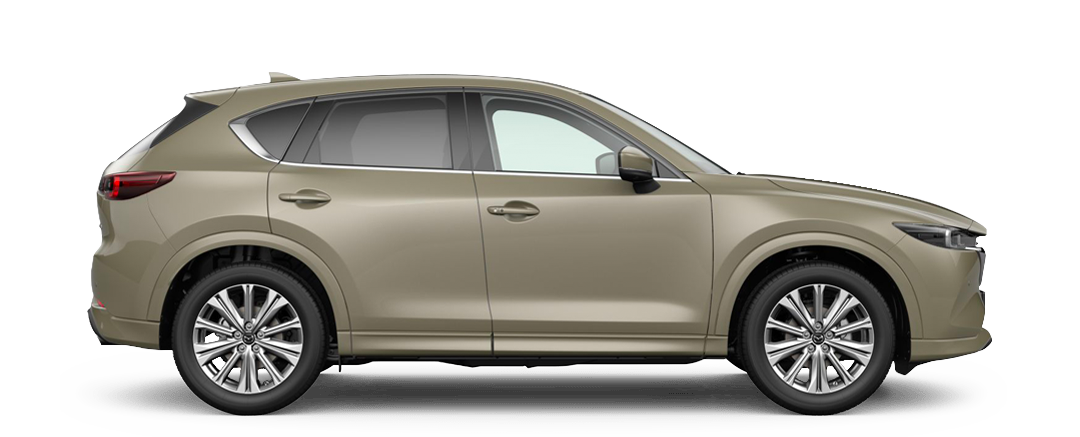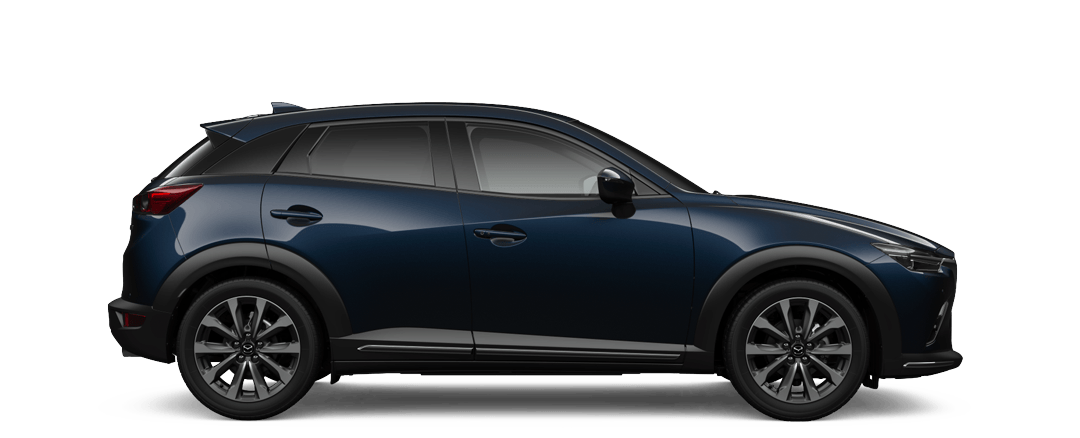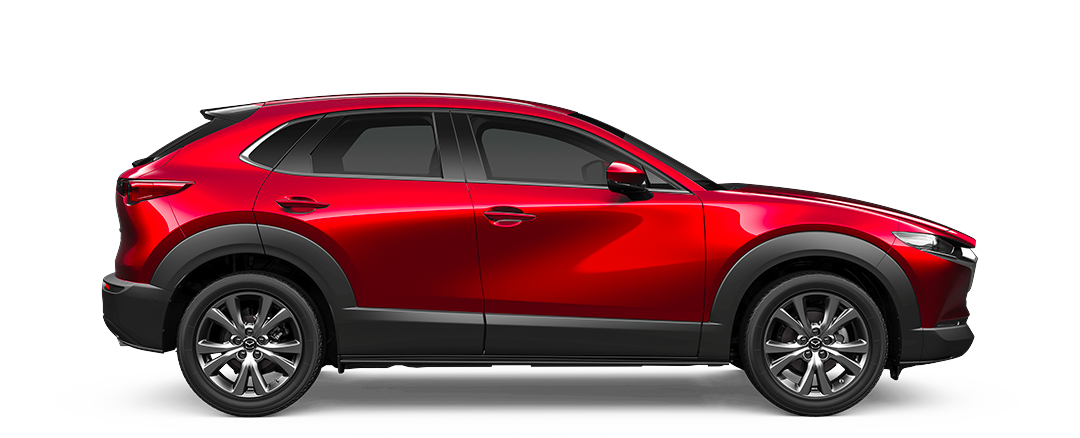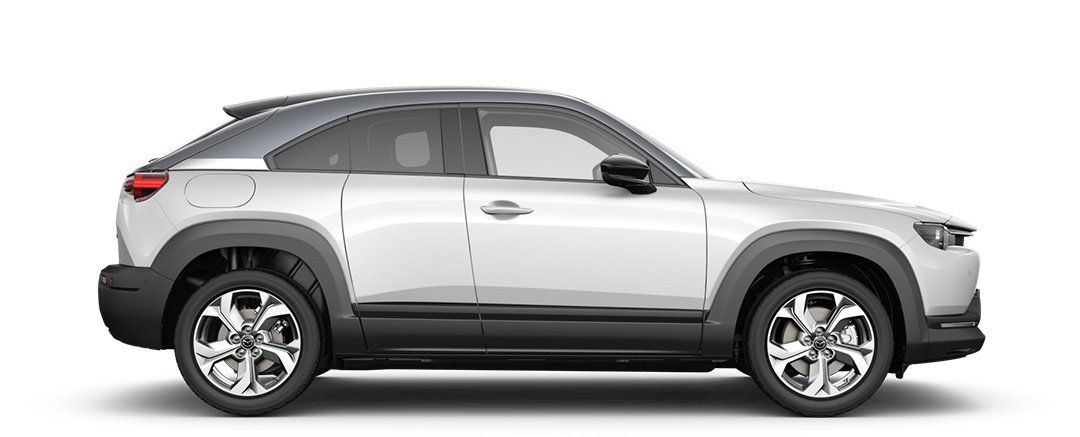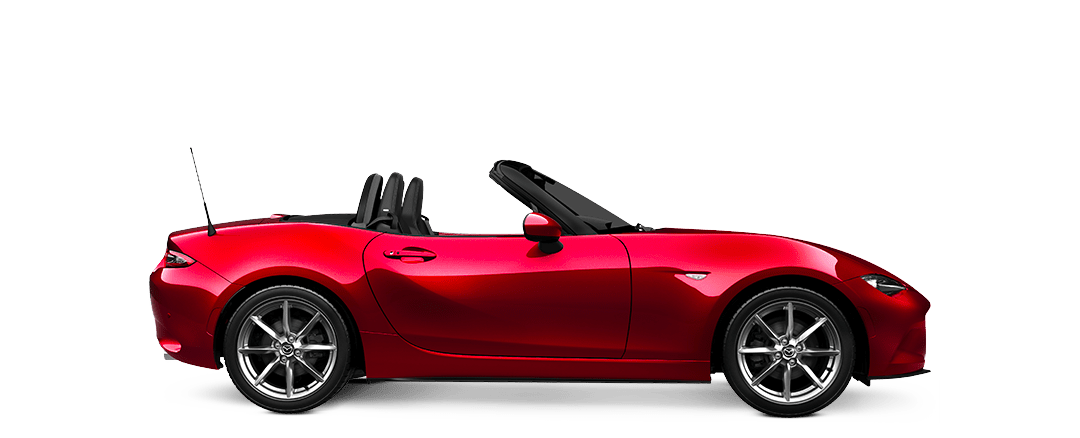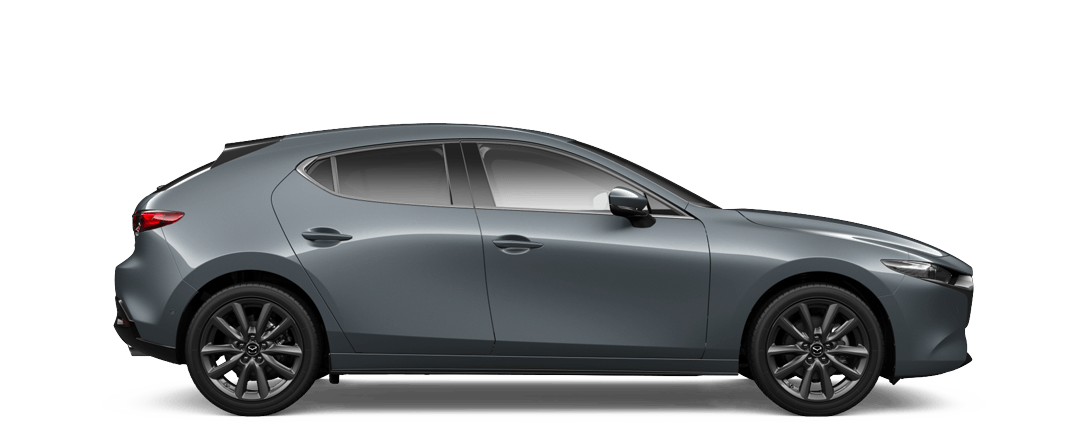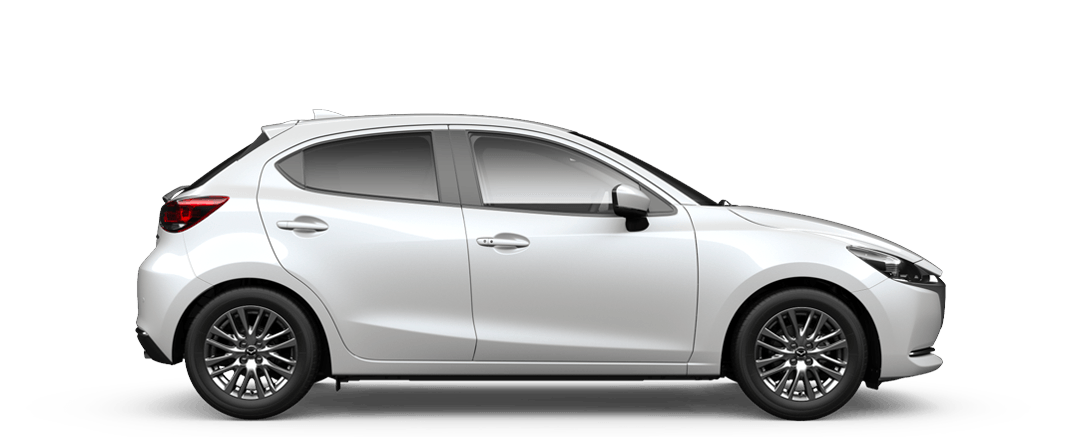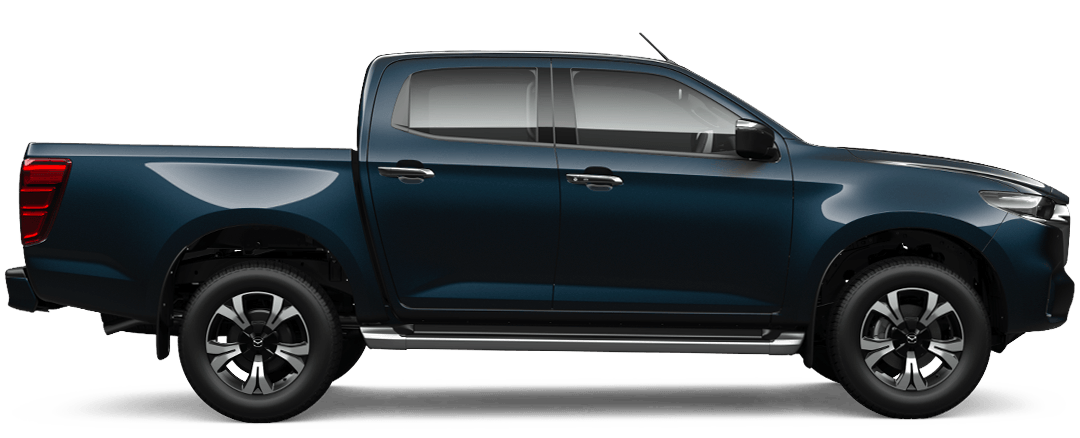WHICH VEHICLE IS RIGHT FOR YOU?
The days when your only options were just a petrol or diesel engine are gone forever. Now, with Hybrid, Plug-in Hybrid and All-Electric Vehicles, you’re spoiled for choice. Understanding all of that new technology can sometimes be a bit confusing. But with the right information, the power is in your hands.
If you’re considering making the switch to an electrified vehicle, then it’s important you understand the differences between them. Once you understand what makes them different, it’s easier to see which vehicle will fit your lifestyle best. Learn more about Hybrid, Plug-in Hybrid and All-Electric Vehicles below.

MILD HYBRID (M-HYBRID)
M-Hybrid is Mazda’s innovative evolution of hybrid car technology. It differs from a plug-in or conventional hybrid electric vehicle because it relies on regenerative braking, so there’s no plug or charging required. This method of charging uses a small generator to capture energy that is normally wasted during braking. It stores that energy and uses it to assist the engine by powering the car’s electrical systems and optimising your drive, saving fuel in the process.

HYBRID (HEV)
A seamless blend of conventional and electric power. Hybrid vehicles have two sources of power. They can automatically switch between conventional mode, pure electric mode (for short distances) or use both to power the vehicle as needed.

PLUG-IN HYBRID (PHEV)
Plug In. Charge up. Improve Efficiency. Plug-in Hybrids have the two sources of power like a hybrid, but with a larger high voltage battery, enabling you to drive longer distances on all-electric power.

ALL-ELECTRIC (BEV)
100% Electric. Just charge it up and go. All-Electric cars are powered by electricity alone. This means they have to be charged before you can drive.
CHARGING THE BATTERY
Learn about how the battery on each type of electric vehicle can be charged by exploring the sections below.

REGENERATIVE BRAKING
All four electric vehicle types use regenerative braking to charge the battery. While braking, the motor is still spinning even though the car is trying to slow down. Regenerative braking captures this typically wasted energy to create electricity, which charges the battery.

HYBRID
There's no need to plug in your vehicle for charging. Hybrid vehicles are able to recharge the battery in two ways: 1. Regenerative braking & 2. Conventional engine. The conventional engine powers the generator which transforms mechanical energy into electrical energy to charge the battery.

PLUG-IN HYBRID (PHEV)
The larger battery in Plug-in Hybrids can be plugged-in to charge. Once the battery is depleted, the vehicle behaves like a conventional hybrid with the engine running when required.

ALL-ELECTRIC (BEV)
All-Electric vehicles are powered by electricity alone and don't have a petrol engine. They must be plugged in to charge the battery.
CLEAN CAR REBATE
Rebates from 1 July 2023.
The Clean Car Programme is an initiative by the New Zealand Government that aims to achieve a carbon neutral target for New Zealand by 2050. The Clean Car Programme is made up of the Clean Car Discount and The Clean Car Standard.
PHEVs, hybrids, and low emission vehicles get a rebate based on their CO2 emissions level, up to a maximum of $5750 (new) or $2300 (used).
Most cars have a variety of models with different CO2 emissions so the rebates and fees will differ. Check a specific vehicle’s CO2 emissions and rebate/fee www.rightcar.govt.nz

